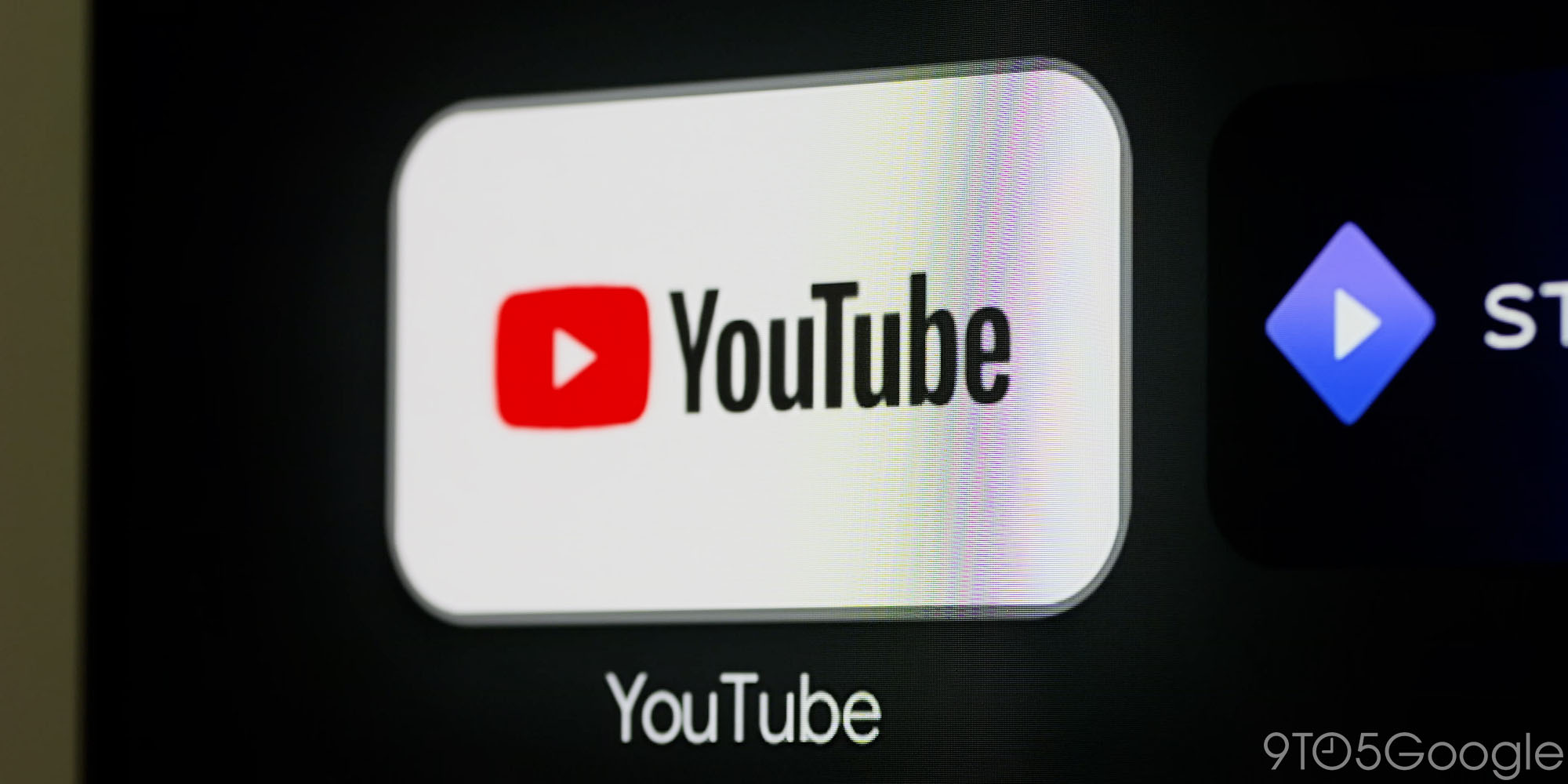
AI Dubbing on YouTube Android TV: A Gateway to Global Video Content
Introduction
The advent of artificial intelligence (AI) has revolutionized various industries, and the realm of video entertainment is no exception. YouTube, the colossal video-sharing platform, has harnessed the power of AI to introduce an extraordinary feature: AI dubbing. This groundbreaking technology enables videos to be translated into multiple languages, making them accessible to a wider global audience.
AI Dubbing Function: A Boon for Accessibility
Introduced a few months ago, the AI dubbing function has emerged as a prime example of how AI can positively impact the digital landscape. By automatically translating audio into different languages, YouTube aims to break down language barriers and allow viewers from all corners of the globe to enjoy a vast array of video content.
"Dubbed" Tag Simplifies Video Discovery
To further enhance the user experience, YouTube has introduced a "Dubbed" tag on its Android TV platform. This tag appears alongside videos that have been translated using AI, making it incredibly easy for viewers to identify and select content that aligns with their language preferences.
How to Identify Dubbed Videos
When browsing through the YouTube interface on Android TV, the "Dubbed" tag appears as a grey text box positioned beneath the video title, channel name, and view count. It features a small person-speaking icon, signaling that the original audio is not in the viewer’s native language.
Availability and Replication Challenges
The prevalence of the "Dubbed" tag depends on the actions of individual video creators. They have the option to disable AI dubbing during the upload process. Additionally, the tag’s visibility may vary depending on the platform and device used to access YouTube. On desktop, the tag is displayed when a video is opened, while on TVs, it is not visible due to the minimization of player controls upon content selection.
AI Dubbing Quality: A Promising Start with Room for Improvement
AI-dubbed audio is available to all YouTube creators, but it can vary in quality. While the feature generally performs admirably, certain translations may lack the nuances and regional variations that human translators can provide. However, despite these limitations, AI dubbing represents a significant step forward in making YouTube content more accessible to a global audience.
Conclusion
The "Dubbed" tag on YouTube Android TV is a testament to the ongoing advancements in AI technology. By streamlining the discovery of dubbed videos, YouTube empowers viewers to expand their horizons and immerse themselves in a world of culturally diverse content. As AI continues to evolve, we can expect further enhancements to the dubbing function, bringing us closer to a truly seamless global video experience.
